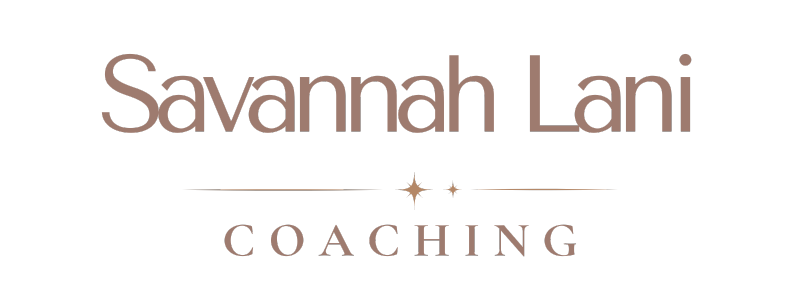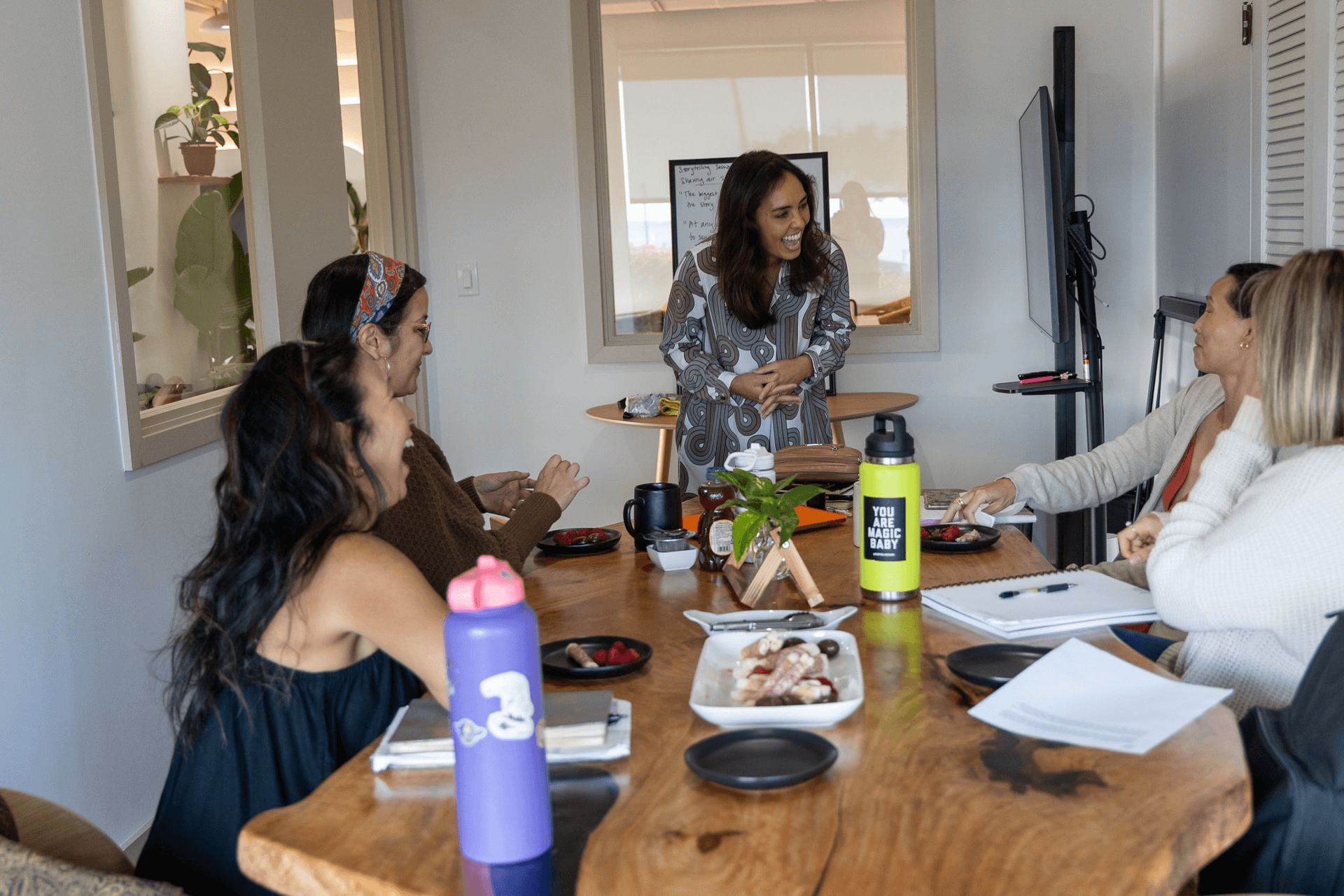Copywriting and Hope-Centered Marketing
Copywriting & Brand Storytelling Focused on Hope
A few weeks ago, I went to a writing workshop hosted by the amazing Oak + Pine Society. It’s a fantastic networking group created by a female business owner, for female business owners. Highly recommend you check it out if you’re a female entrepreneur in Hawaii!
Writing Copy with Fellow Female Business Owners
So, this particular writing workshop was centered around dedicating time to some piece of writing you wanted to work on, whether it was a blog post, social media, a book or masterclass… anything you wanted to work on! We started with a tapping circle to clear our minds and open the creative currents in our minds and hearts, and then we wrote. For about 1.5 hours. After that, we paired up with other attendees to discuss what we wrote about and how the process felt.
I paired up with another member I truly admire and love. She has this lovely calm demeanor and energy about her that my frenzied mind always gravitates toward. And we started chatting about her process—she was focusing on writing authentic website content aligned with her Brand and values—and how it felt writing for her target audience. One of the things she mentioned was how uncomfortable, inauthentic, and “salesy” it felt to write about pain points.
The Role of Fear-Based Marketing in Business
Which led us to start talking about what I have been calling hope-driven or hope-centered marketing. In hope-driven marketing, as you might guess, we put the focus of our content on what clients hope to achieve, create, feel, do, or be.
Fear-based marketing for business services might sound like,
“Are you doing everything you can to grow your business?”
“Are you worried you’ll never achieve your goals?”
“Does marketing overwhelm and stress you out?”
“You have to do (insert anything) to achieve.”
These tactics also rely on scarcity, pushing you to act now because it might not be there again. Fear-based marketing in products, like skincare and clothing, is one of the easiest to see. Products like these rely on the fear of not looking a certain way or not having the newest things.
Health Campaigns & Fear-Based Marketing
Fear is a powerful motivator. Think about the anti-smoking and anti-drug commercials you’ve seen. I still remember an anti-smoking commercial I saw at the movie theater when I was a kid. The advertisement showed all the different ways smoking promised a spectacular life, from cowboys to show girls. Images of a lavish lifestyle all swirled together and then receded, showing a man—gaunt, sitting in a wheelchair, with tubes attached to him—barely able to speak. You can watch it here: Anti-smoking ad on YouTube. Fear-based marketing, in many ways, can make a huge impact.
But fear-based marketing also makes us feel afraid (duh). It pushes us to do or not do something based on what are afraid of. I just rewatched the anti-smoking ad and got goosebumps, anxiety, and a twisting knot in my stomach. That works for what this company’s goals are—getting you to quit smoking—but it’s not the only way to market your business.
Being "Salesy" & Marketing's Bad Reputation
Being “salesy” is uncomfortable. By now, many of us recognize a sales pitch. It’s pushy, possibly aggressive, and doesn’t feel true to who we are and what we do. I tried to do sales for a few months and literally couldn’t, because I felt so uncomfortable.
Marketing gets a bad rep, too. Many people (me included) might still have a subconscious belief that marketing is all skeezy tactics and infomercials. But that’s just one type of marketing (and an outdated one at that)!
Hope & Positive Emotion-Driven Marketing
In the last few years, positive emotion-driven marketing has become what we all gravitate toward. Think about your social feeds—are they trying to sell you something based on fear or joy? Scarcity or abundance? Happiness or fear?
Uncovering the pain points of your audience is an important step to finding out how to share your Brand with them, but it’s not the endpoint. And you can still highlight your audience’s pain points without making it about fear. For example, my website copy and social media mention several pain points like:
· NOT having enough time
· NOT knowing what to write
· NOT having someone to support them
But rather than focus on how difficult those pain points are, I focus on what the flip side of those paint points could be, which is:
· Having MORE time
· KNOWING what to write
· HAVING someone to support them
And then my content becomes hopeful and excited, rather than dreary and anxiety provoking. I’m still addressing pain points, but through hope rather than fear.
Use Your Imagination to Reimagine Your Marketing
When I write Brand stories, website content, and social media content, I’m always thinking about where the reader will get with a Brand, rather than where they are. Your audience doesn’t need you to tell them they’re stressed, overworked, failing, or in need of more. Your audience wants you to show them a new possibility that they can’t quite put their finger on… but you can. We can. Because we know how valuable our services are, and we believe in them with all our hearts. When you tap into that abundance and joy that you feel in your business, you can share that with your audience too.
When I mentioned hope-based marketing, the attendee I was chatting with lit up. She smiled, thinking of all the ways she could talk about her business in relation to hope instead of pain. Because none of us wants to prey on fear. We don’t want to push our audience to feel like they have to do something. We want them to know that we are here for them and to help them achieve whatever they’re dreaming of. As you explore your imagination of possibility, it will guide you toward how to speak to your audience in a totally new way!
Exercise to Try: Re-write Your Pain Points Around Hope
Now that you’re in the hope-centered marketing focus, check out your ideal clients pain points. Write them down, and tune into what exact deficit that pain point centers on. Is it a lack of time, energy, or money? Is it a lack of confidence, gratitude, or closeness? Is it a feeling of inadequacy, shame, or anger? Pinpoint the emotion underneath the pain point.
Then, take those same emotions and flip them. List, item by item, what you do to make them feel connected, proud, grateful, or whatever the opposite is of the pain point. Read these new hopeful messages over: how does your body feel? Are you excited to share? Do you feel authentic? I can guarantee you will, because you’re sharing yourself from a place of hope, rather than fear. And that feels absolutely wonderful, doesn’t it?









